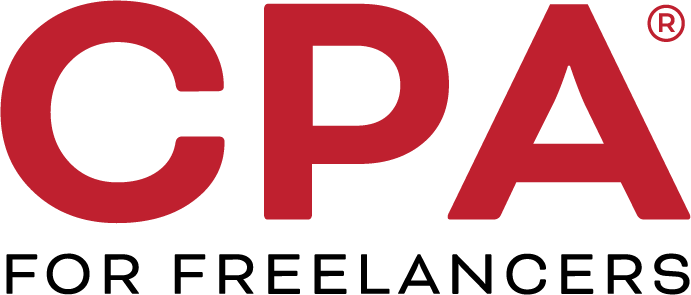If you went to college and you were lucky enough to have a family member help you out with the costs, you may be familiar with what a 529 plan is: a savings vehicle specifically designed for those who need to put money aside to cover the costs of higher education. But you may be wondering why you would need one now—especially if you don’t have any kids that you are planning to put through college.
As Jonathan Medows, CPA, explains in the video, you don’t need to be a parent or grandparent to reap the benefits of a 529 plan. You can use the funds to pay your own (or a relative’s) higher education costs in the future, while potentially saving significant tax dollars now. So if you, your significant other, or someone else you’re close to is considering college, you may also want to consider a 529 plan.
Tally up your 529 plan tax savings. How much tax can you save? That depends on a few factors including your how much you contribute to a 529 plan and the tax law in your state. For example, New York State (NYS) offers a substantial tax deduction for residents who contribute to its 529 College Savings Program—up to $5,000 for single taxpayers and up to $10,000 for married couples who file jointly. All gains made in these accounts are tax free if the withdrawal is used, for qualified higher education expenses. Another often overlooked fact: you don’t have to wait very long (approximately a week or so, depending on your specific account terms) to use funds from a 529 plan and still gain the tax benefits. You could theoretically make a contribution, wait a few days for the monies to hit your account and then withdraw for higher education and get the NYS deduction.
Consider this example of Suzy, a freelancer living in New York City:
Suzy plans to attend grad school at New York University (NYU). She places $5,000 into New York’s 529 College Savings Program, which allows her to take a 529 deduction. Seven days later, she withdraws $5,000 to pay part of her tuition bill, and retains her receipt for next year’s tax return to substantiate her 529 deductions which total $5,000.
Substantiate your school expenses. Like Suzy, you will need to substantiate with receipts that the money you withdraw from your 529 plan is being used for qualifying expenses. Many 529 plans require that a college be paid directly for education expenses; others will prepay or reimburse the beneficiary for such expenses (receipts or other proof may be required). If you make a nonqualified withdrawal, the earnings portion will be subject to federal income tax, and the tax will typically be assessed at the account owner’s rate, not at the beneficiary’s rate—as well as being subject to a 10 percent federal penalty, and possibly a state penalty too. One exception is if you are making withdrawals to offset scholarships. The withdrawal would be subject to income tax but not the 10% penalty.
Be cognizant of what is considered a qualified expense. Qualified higher education expenses generally include tuition, fees, books, supplies, and equipment required for enrollment or attendance at an “eligible” educational institution. In addition, the definition includes a limited amount of room-and-board expenses for students attending college on at least a half-time basis. While it’s not law yet, the initial tax reform bill that is being reviewed now also includes elementary and high school tuition as qualified education expenses.
529 plans are not a “use it or lose it” proposition. If you like the idea of contributing to a 529 plan but are concerned about tying up money in case you, or the intended beneficiary, don’t end up pursuing higher education, remember that you can change the beneficiary to another family member, so you can likely put that money toward education for some future scholar—including those working toward alternatives to the standard four-year degree such as a two-year associate degree or a certificate from a trade or vocational school.
If you already have a 529 plan and there are still funds left in it that you don’t want or need for education purposes, you can cash out the plan. You will pay income tax and a 10% penalty on the earnings, but not on your contributions. If this money is a windfall, you may want to put it away in your retirement saving account, offsetting the tax penalty with a reduction to your current taxable income.
Keep in mind that 529 plan contributions are considered gifts. A 529 plan contribution is considered a gift and is therefore subject to gift tax laws. In 2017, up to $14,000 a year ($15,000 for the 2018 tax year) or less qualifies for the annual federal gift tax exclusion. You can gift a lump sum of up to $70,000 ($140,000 for joint gifts) and avoid federal gift tax, provided you make an election to spread the gift evenly over five years. This can be a valuable strategy for reducing taxable assets.
As you can see, it’s child’s play for taxpayers of any age to reap the significant tax benefits of 529 plans. If you or someone you know are looking at starting or restarting their post-secondary education now or in the future, a 529 plan is definitely an option worthy of serious consideration.


